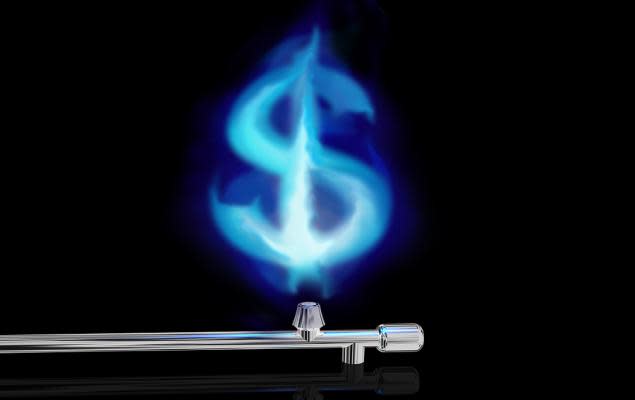Gasoline ETF to Fuel Your Portfolio Amid Post-Summer Surge

Gas prices have been climbing, hitting the highest summertime levels in decades. The national average for a gallon of gas spiked to $3.80, surpassing last year's highs and marking the second-highest level ever, per the American Automobile Association (AAA).
The milestone was achieved even though the summer driving season drew to a close, which typically leads to a decline in gasoline demand among drivers. Investors could easily take advantage of surging gas prices by focusing on the pure-play United States Gasoline ETF UGA, which allows investors to make a direct play on the commodity of RBOB gasoline. The fund has risen 18.5% so far this year.
Inside the Post-Summer Surge
Most of the surge is due to the recent rise in crude oil prices. Oil price rallied to the highest level of 2023 early this week driven by the anticipation of additional supply cuts from major oil-producing nations, Saudi Arabia and Russia, as well as declining inventories in the United States (read: Oil Price Touches 2023 High: 5 Energy ETFs Leading the Way).
Additionally, refineries in the major fuel-producing regions of Texas and Louisiana faced challenges due to record-high temperatures. These extreme temperatures reduced the efficiency of refinery cooling towers and made equipment more prone to malfunctions. Further, higher gasoline demand and rise in U.S. gasoline exports drove the gas prices at the pump.
Will The Trend Continue?
As both Saudi Arabia and Russia extended oil production cuts of 1.3 million barrels a day through December 2023 in a bid to maintain price stability, consumers will continue to experience higher costs at gas pumps.
With fuel stocks currently at the lower end of their five-year spectrum and the hurricane season coming up, any disruption to supply might lead to significant price jumps. The hurricane season, particularly in the Atlantic, can have significant impacts on gas prices, especially when major storms hit or threaten key oil and gas infrastructure in the Gulf of Mexico and along the Gulf Coast (read: Hurricane Idalia Puts These ETF Areas in Focus).
Higher gas price could lead to an increase in inflation, making it a problem for the Federal Reserve, which has been trying to tame historically high inflation. The central bank has raised interest rates by more than 500 basis points since March 2022.
UGA in Focus
United States Gasoline ETF is designed to track the movements of gasoline prices in percentage terms. The benchmark futures contract is the contract on gasoline as traded on the NYMEX. If the near-month contract is within two weeks of expiration, the benchmark will be the next-month contract to expire. United States Gasoline ETF is illiquid, with a daily trading volume of about 28,000, suggesting that investors have to pay beyond the annual fee of 0.97% per year. The fund has managed assets of $74.7 million.
As traders need to roll from one futures contract to another, the fund is susceptible to roll yield. Notably, roll yield is positive when the futures market is in backwardation and negative when the futures market is in contango. Basically, if the price of the near-month contract is higher than the next-month futures contract, then it is backwardation and the opposite holds true in contango.
State of Backwardation on UGA
United States Gasoline ETF is poised to benefit from the prolonged period of backwardation, where later-dated contracts are cheaper than near-term contracts. Currently, the gasoline market is in backwardation, which is favorable for the commodity and the gasoline ETF UGA. As such, the fund continues to roll over next-month futures contracts at a lower price, thereby making profits. This signals continued bullishness in the commodity. This trend is likely to persist at least in the near term, acting as the biggest catalyst for the commodity (see: all the Energy ETFs).
Bottom Line
Given that gasoline prices are on the rise and will continue to remain steep at least in the near term, UGA could be an interesting pick for investors looking to make a concentrated play on the gasoline segment of the energy market.
Want the latest recommendations from Zacks Investment Research? Today, you can download 7 Best Stocks for the Next 30 Days. Click to get this free report
United States Gasoline ETF (UGA): ETF Research Reports

 Yahoo Finance
Yahoo Finance 